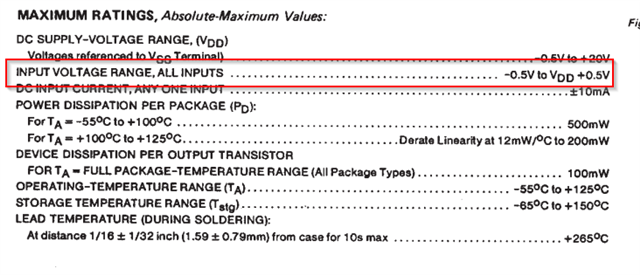Other Parts Discussed in Thread: ADS8684, LM2904
Hi TI,
In our application, we're using a series of stacked multiplexers (CD4067B) to multiplex DC voltage from 320 LEDs down to one read from an ADS8684 ADC. I've attached a simplified schematic showing how this chain looks for one LED. The CD4067 are powered by a 12V rail, and MUX1 through MUX8 switch between GND and 12V.
The problem we're running into is that individual channels of the CD4067Bs seem to be failing, exhibiting a short path to GND. Most of the time and for most MUX channels, this system works properly. We expect almost no current to flow through the CD4067 as they connect the cathode side of the LED (between 0 and 12V) to the [high impedance] inputs of an LM2904 op amp (serving as a differential amplifier). However, we sometimes observe a substantial (1-2V) voltage drop between I0 of U2 and COM of U2. This indicates parallel paths to GND for the cathode side of the LED through the PCA9745B (LED controller) inputs and the CD4067B inputs. This does not happen to all MUXes uniformly, and usually happens to one or a few channels at a time (not the whole MUX). Replacing the MUX with a new one always fixes the problem.
Given the relatively large capacitor (47uF) on the LED output, the CD4067 inputs will briefly see voltage above VCC when powering the system down. Is it possible/likely that this would cause a short pathway to form to GND? Are there other reasons that this might be happening?
Thank you in advance for any help you can provide!
Dan



